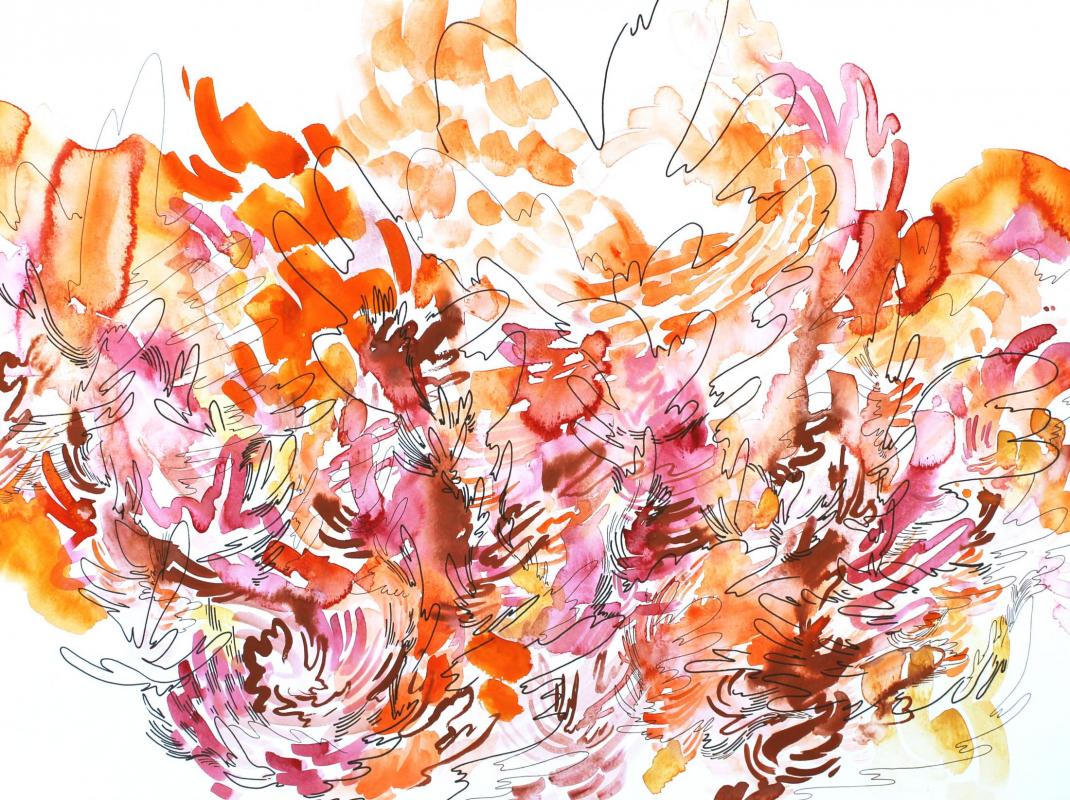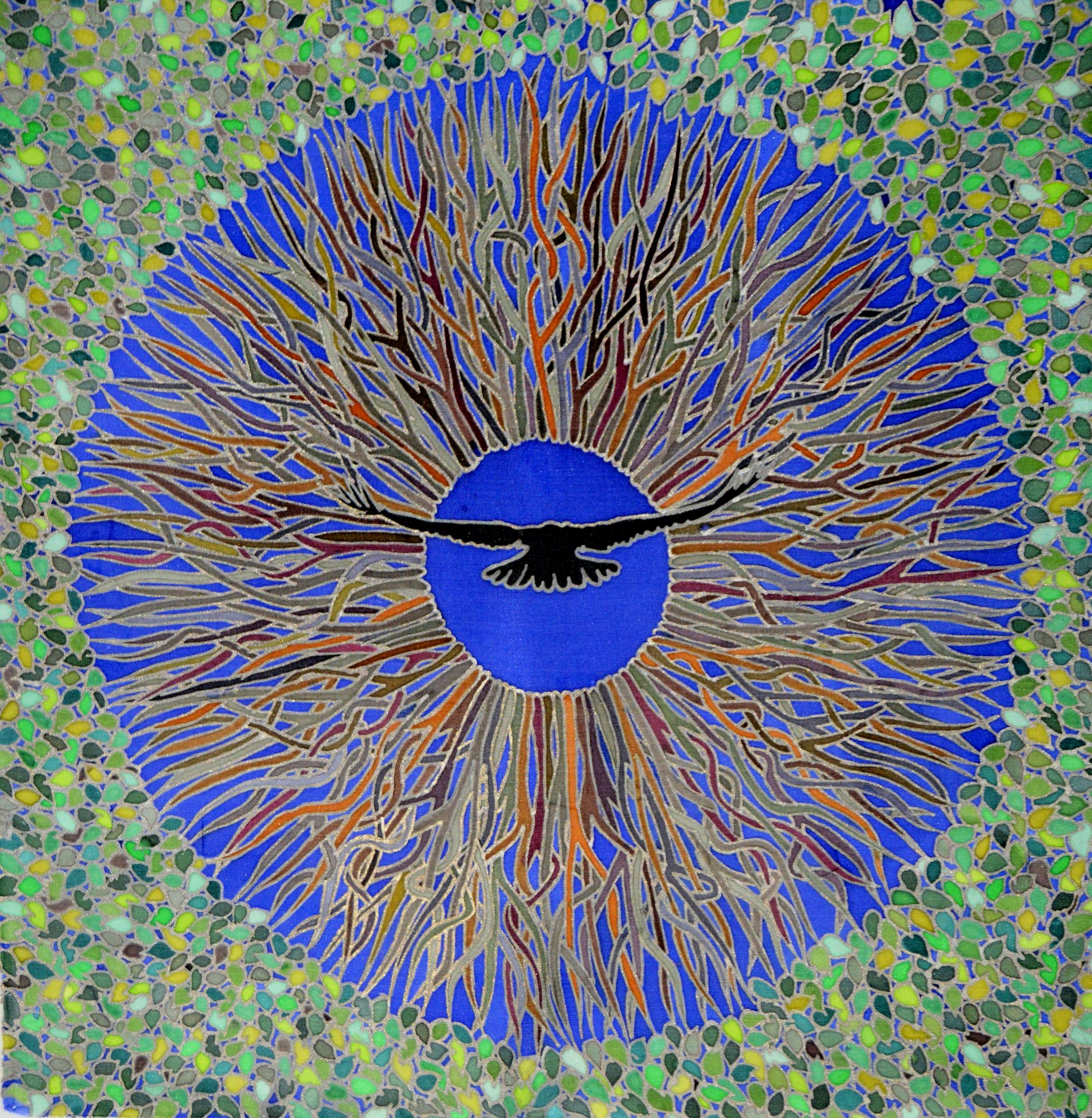
Last year, after the city shut down (the first time) and artists were in desperate need of spaces and platforms to show their work, the folks at Asian Pasifika Arts Collective (APAC) launched a virtual art gallery for Asian American and Pacific Islander Heritage Month in May. Now, as we creep dangerously close to the anniversary of when the world first went indoors, APAC is back with a new gallery in celebration of the Lunar New Year—this time with a unifying theme everyone can appreciate: “New Beginnings.”
The online gallery, launched Feb. 10, features seven artists, including APAC’s own Catrece Ann Tipon and Ken Tsui. Each one shared their own experience with APAC’s overarching 2021 theme of “Crossing Borders” along with the “New Beginnings” prompt.
“With all the tension that is going on with different races and politics, we wanted to kind of bring everyone back,” says Tipon, who is also co-executive director of the collective. “We wanted to remind people that we need to cross borders—whether it is politically, whether it is racially motivated, in any form—to understand each other and to continue to be good to each other and learn our differences in a positive way.”
The featured artists, some based in Baltimore, others from as far away as London, have responded to the theme differently, and short essays about the works and the artists themselves lend context to videos, digital art, paintings, and collage. Kim Sandara, a Brooklyn-based Laotian/Vietnamese artist and MICA grad, offered this as explanation for “False American Dream” and “Naga”—two striking stop-motion animations in stark black and white.
“The two animations circle back into identity both as a child of immigrants and specifically the reveal of a dark history of being Lao American. 2020 challenged me to start looking at my identity more critically than I ever have, and 2021 begs me to continue.”
Tipon hopes that viewers of the virtual gallery will take the time to not just examine the works on display, but engage with the artists themselves, asking questions and replicating the conversations that often arise when we gather in a typical gallery.
“Not only do I want people to see their work, but also reach out to them, ask them more questions, understand their process,” Tipon says. “And not only reach out to the artists, support the communities that they also belong to…I want people to really broaden their viewpoint on these Asian artists and their communities outside of the virtual gallery. It’s so pertinent right now to understand the violence that’s going on and understand that the communities are suffering. And these artists are another platform into a bigger community.”
APAC actually delayed the start of the Lunar New Year Virtual Gallery in order to focus on their statement regarding the recent rise of anti-Asian hate crimes in the U.S. and anti-Black rhetoric that arose in response. Tipon says that the community is in need of solidarity in the wake of this violence, which has always existed but has surged since COVID-19 and over the weeks leading up to Lunar New Year.
“These artists have given the public a platform to understand this community and really talk more about it, about the problems that are going on and about the violence, just a bigger, deeper discussion into all of this,” she says. “As artists we give out this art, but we do it for a bigger purpose. We don’t do it just to show off. We do it to show who we are, our community behind it, and everything in between. And we always hope that people will understand that and try and learn more.”

